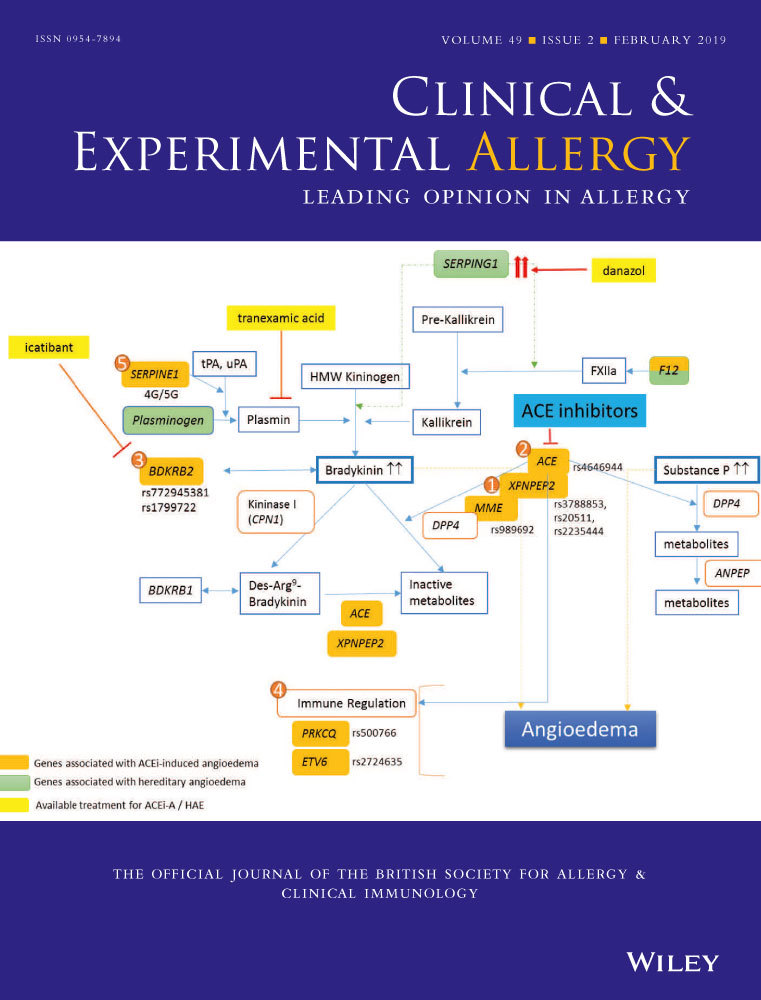Role of house dust mite-derived extracellular vesicles in a murine model of airway inflammation
Funding information
This study was supported by a grant of the Korea Health Technology R&D Project through the Korea Health Industry Development Institute (KHIDI), funded by the Ministry of Health and Welfare, Republic of Korea (grant number: HI14C2628).
Summary
Background
House dust mite (HDM) is the major source of indoor allergens that cause airway disease. Recent evidence suggests that Gram-negative/positive bacteria produce nano-sized extracellular vesicles (EVs) containing diverse components, including various immunostimulatory molecules. However, the association between bacteria-derived EVs and development of airway disease is unclear.
Objective
To identify and isolate HDM-derived EVs and to evaluate their effect on the development of airway inflammation.
Methods
Extracellular vesicles were isolated from crude HDM extracts by ultra-centrifugation, and their physical and immunological characteristics and roles in airway inflammation were tested in vitro and in murine models of airway inflammation. In addition, 16s metagenome analysis of nucleic acid from EVs was performed to identify their origin.
Results
Round, bilayered vesicles measuring 80-100 nanometres and containing abundant amounts of LPS were isolated. These vesicles induced innate immune responses both in vitro and in vivo. Intranasal exposure of naïve mice to HDM EVs induced production of cytokines associated with development of Th2-mediated and mixed (Th1-/Th2-/Th17-mediated) airway inflammation to allergen. Metagenome analysis identified Bacteroidetes and Proteobacteria as the probable sources of HDM EVs.
Conclusion
House dust mite EVs originating from Gram-negative bacteria may play an important role on the development of airway inflammation.
CONFLICT OF INTEREST
The authors declare no conflict of interest.




